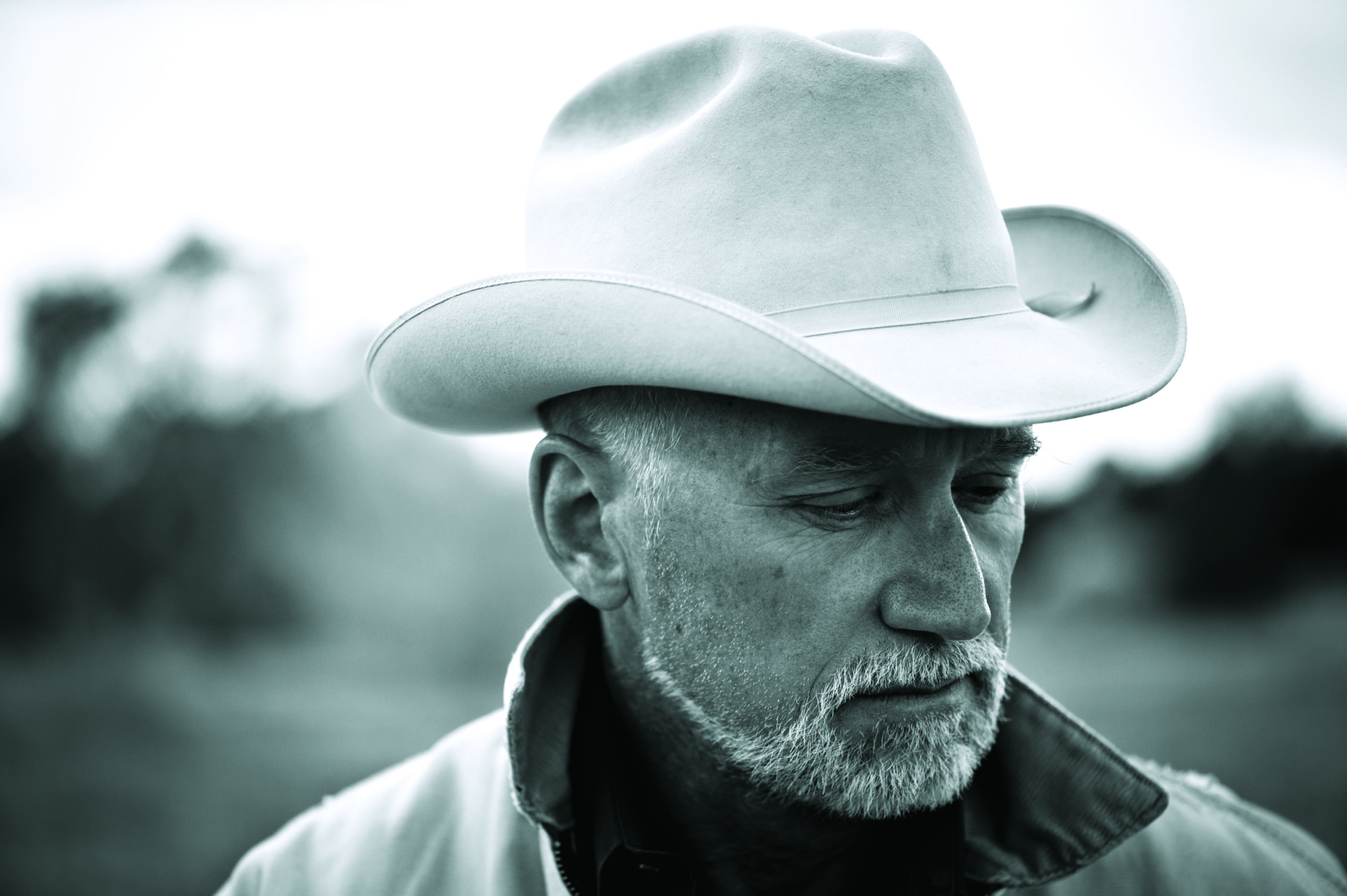In 2010, Kalispell photographer Amanda Guy was fresh out of college and working at a one-hour photo hut in town when she received a call from Suzy Moore, a local studio manager inquiring about the different types of film available for the photographer she worked for, Kurt Markus. Over the course of the conversation, Moore offered Guy a job interview to be Markus’ assistant.
“I was taught to dress really nicely for an interview, so I showed up in heels and dress pants and a really nice blouse and he opened the door and was wearing a T-shirt with holes in it, skateboard shoes and khaki shorts that had clearly been around the block,” Guy recalled. “I didn’t really know what to expect, but I knew he was the real deal. Immediately, once we sat down, I felt super at ease.”
Markus offered her a job as his assistant the next day, and Guy spent five years working with the internationally renowned photographer.
Their first shoot together was for American Cowboy magazine covering the Miles City Bucking Horse Sale.
“We used to laugh about it because he would say it was kind of like him hazing me into the photography world he lived in,” she said. “It just poured rain the entire weekend, so it was quite the first photoshoot for me to assist on. We had water running off of us, and he shot film so the paper backing was curling and I had six, seven cameras around my neck and two fanny packs full of film and a light meter. It was quite the experience.”
Guy described the acclaimed photographer as down to earth, modest and “such a chill guy,” a demeanor he maintained despite working at the highest levels of his profession throughout his life.
Markus died on June 12 at the age of 75 after a battle with Parkinson’s disease and Lewy Body dementia.
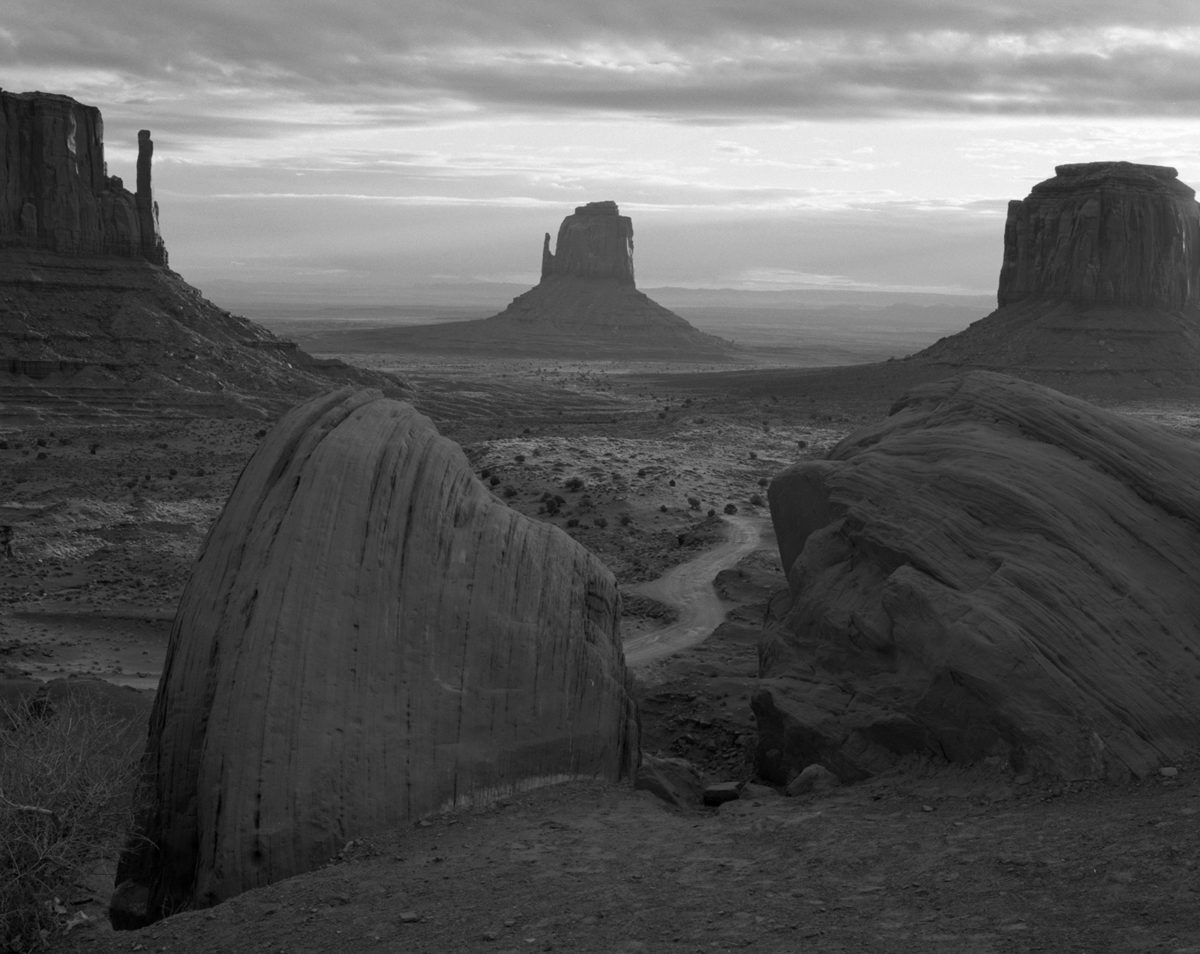
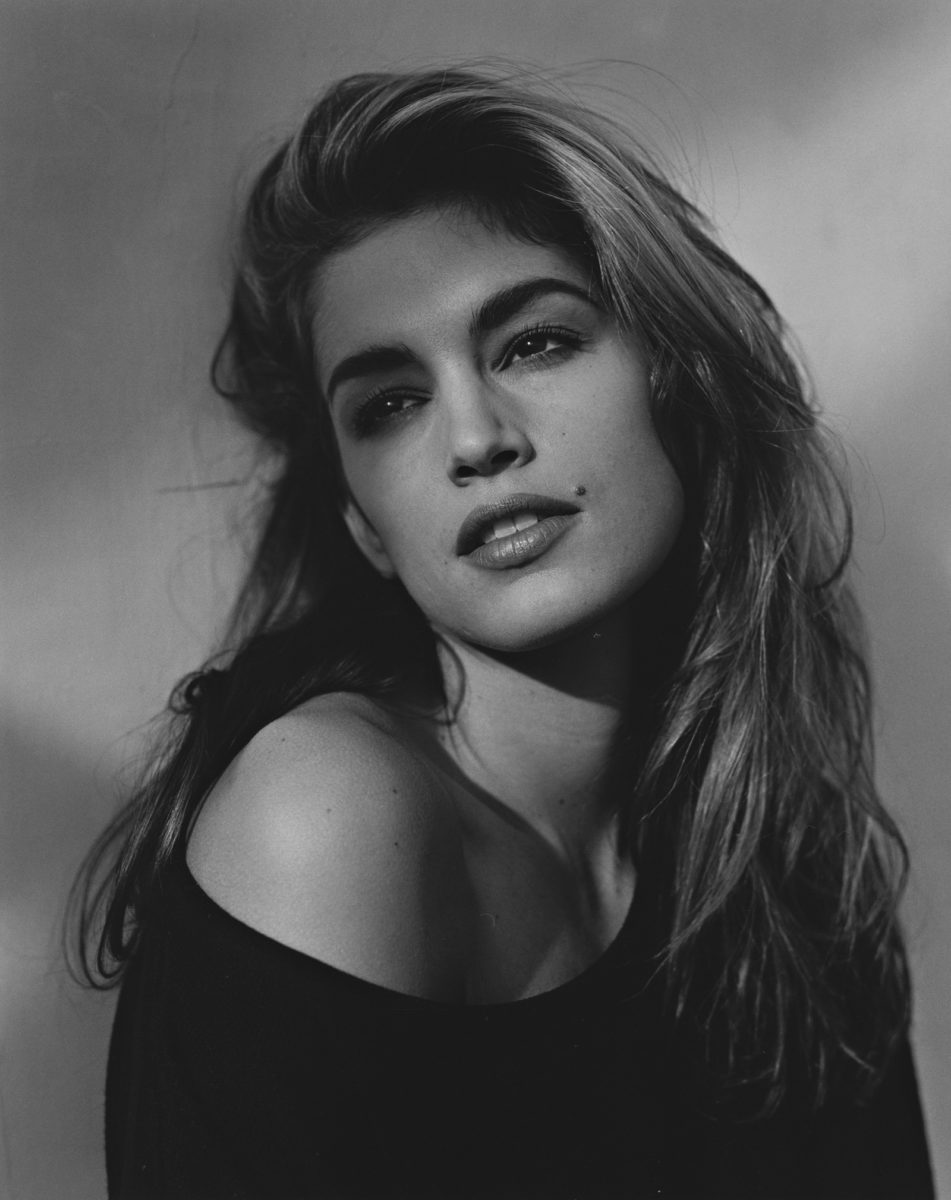
Kurt Markus was born in Whitefish in 1947 into a family deeply intertwined in the rural community. His grandfather started the Markus Grocery Store in Whitefish, where Kurt worked boxing up groceries.
After leaving Montana, Kurt attended West Point and served a stint as a U.S. Army Ranger. He exited military life in the 1970s and chose to pursue a career he could be passionate about. After teaching himself the basics of camerawork, Kurt began working as a photographer.
Growing up in Montana gave Kurt insight into the rural tapestries and gritty characters that populate the American West. Initially, he became best known for his work portraying cowboys and the ranching lifestyle of the West. He published three books of cowboy photography, including “Cowpuncher,” named most outstanding art book of the year by the Cowboy Hall of Fame.
Kurt and his wife, Maria, who worked as his agent and producer, moved back to Montana in 1985 where they raised their two sons in a house on the historic eastside of Kalispell.
“It was really grounding living in Montana, especially for the kids,” Maria said. “I can’t imagine if we’d had them grow up in New York or Los Angeles and then had their dad becoming somewhat famous. But in Kalispell, nobody knew how famous Kurt was getting.”
Kurt began working in his first Kalispell photo studio on Main Street above a bistro, beginning with “a single box of negatives and not much else,” Maria recalls. “Then suddenly it started growing like a mushroom.”
They purchased land near Foys Lake from the Bibler family to build a larger studio, which Kurt drove to every day, and he rapidly filled up the 2,500-square-foot building with negatives, prints, scans and equipment.
When he wasn’t traveling for work, Kurt enjoyed the simple pleasures of small-town life, namely the local football team.
“Kurt’s love of high school football was unbelievable,” Maria recalled. “His team was the Braves. When our boys played football we went to every game, and then even later he continued to walk over every time and watch the Braves play.”
Kurt’s adoration of the local gridiron bled into his professional life. Maria recalls a weekend Kurt was in New York having a meeting with GQ while she was at a Braves game in Helena, giving him updates on the score. Later, Kurt and Guy worked on a documentary about six-man football in Montana.
The Braves even made their debut in the world of high fashion. Maria recalled Kurt once did a shoot with supermodel Carré Otis that took place on the Flathead football field, with the players in full uniform arranged behind Otis.
“I never thought of photography as a job,” Kurt was quoted as saying. “I always showed up, there was never a single time when I didn’t show up, you know, or be present, and do the best.”
By the 1990s, Kurt’s work had reached beyond the ranches of the West, and he earned international praise as a fashion photographer. His work appeared in Vogue, GQ, Vanity Fair and Esquire. He shot for Armani, Banana Republic, and Ralph Lauren. His work behind the lens took him around the world to the sand dunes of Namibia to the fashion capitals in Europe and to landscapes throughout America.
“It’s so powerful, the experience of being a photographer, to hold a camera in your hand and ask Meryl Streep if she could look to the right, or look down, or stand here,” Kurt said. “It’s a trip, the actual experience of it is just a trip. It’s not like anything else.”
Throughout his professional life, Kurt maintained an old-school approach to photography, specializing in black and white and spending ample time in the dark room creating gelatin silver prints.
“I don’t believe in a photograph until I make a print. It doesn’t exist for me. It’s just like thin air. It takes guts to make a print,” Kurt said in an interview with Rob Haggart in 2011. “You have to believe that maybe somebody else either can appreciate the work you’ve done or can appreciate the fact that this is you. There’s nothing else to hide behind.”
The sheer volume of work Kurt produced is a testament to the talent of the self-taught artist. His work spans cowboy wranglers, boxers stepping into the ring, A-list movie stars, and windswept desertscapes.
“I believe in the rectangle. Filling that rectangle with a photograph remains the most challenging thing that you can do,” Markus said famously of his process. “If you have to go outside of that rectangle, bringing in non-photography tools, it’s cool, I don’t have a problem with that. I just think that you run the risk of it being a gimmick. For me, the most powerful expression is the simplest.”

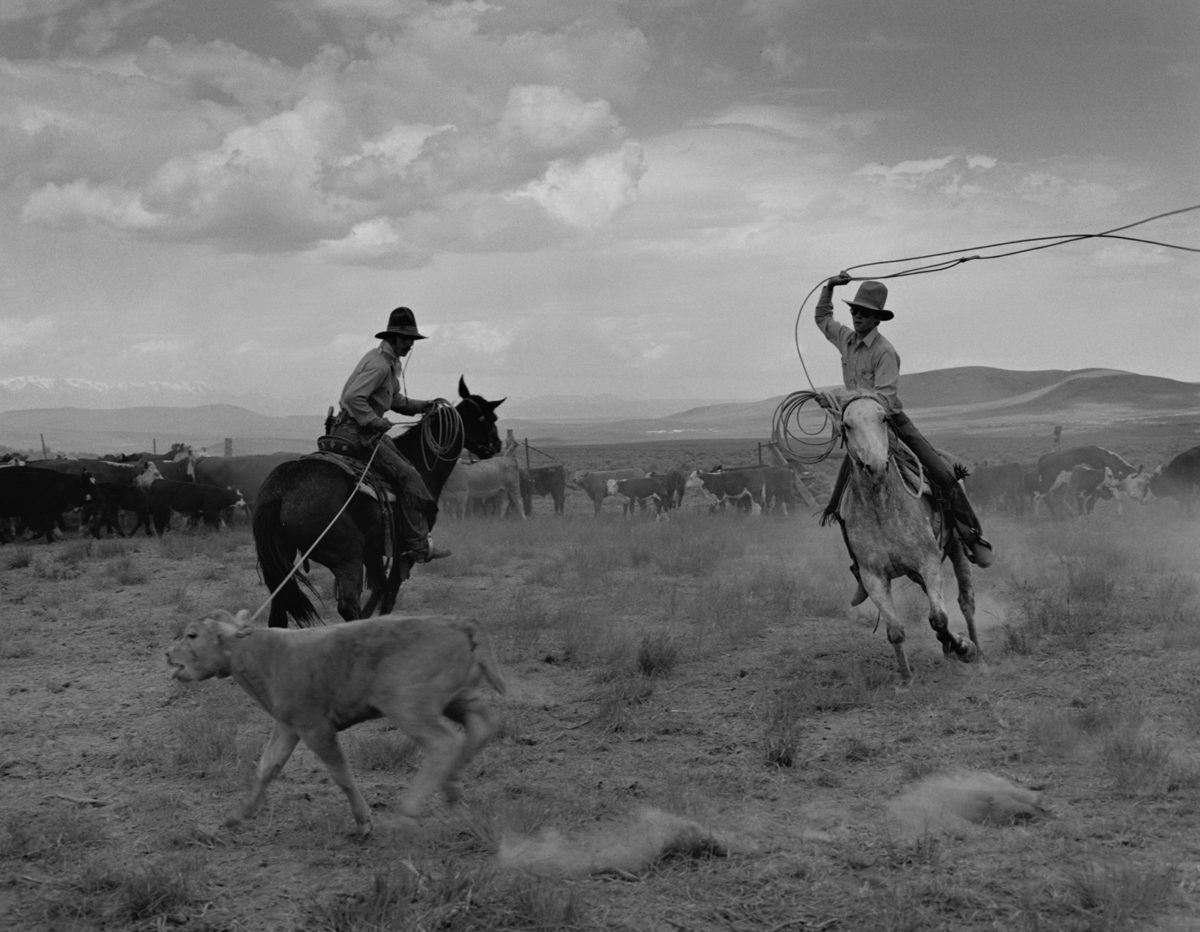
“When I started working for him, I was in my early 20s without much experience and was thrown into this world of celebrities and fashion and global travel, which is very intimidating, but working with Kurt made me realize that people are just people,” Guy recalled. “The way he would shoot and interact with everyone really taught me a lot about people.”
In the week since his death, former subjects, colleagues and devoted fans of Kurt’s work have expressed the depths of his legacy.
“Everywhere he went, everyone was in love with Kurt,” according to Moore, his longtime studio manager. “From the smallest conversation with a local to the biggest celebrities, they all had the same impression of Kurt and that’s pretty magical. I am not the least bit surprised at the impact he had not just in the art world but in people’s lives.”
Kurt’s biggest impact was on Maria, his personal and professional partner, who remained by his side ever since they first cowboy camped together in 1982. Maria said she knew that any moment or passing sight could spur inspiration for Kurt.
“We used to travel around in this brown van we called ‘Brownie’ and he would take photographs as we’d drive,” Maria said. “Every 10 minutes we’d have to stop because he saw a photo. We never got anywhere fast because he wouldn’t let a landscape go without a picture.”
Of all the places Kurt worked and photographed over the years, he retained a great fondness for his home in Montana.
“His greatest love was going to Glacier National Park and doing snow pictures,” Maria said. “He was obsessed with taking snow pictures up in the park, anytime it was in the forecast he would go up there.”
In the three days after Kurt died, 15 inches of snow fell in Glacier Park.
“That’s a sign from Kurt,” Maria said. “He’s up there taking pictures of it. I know it.”

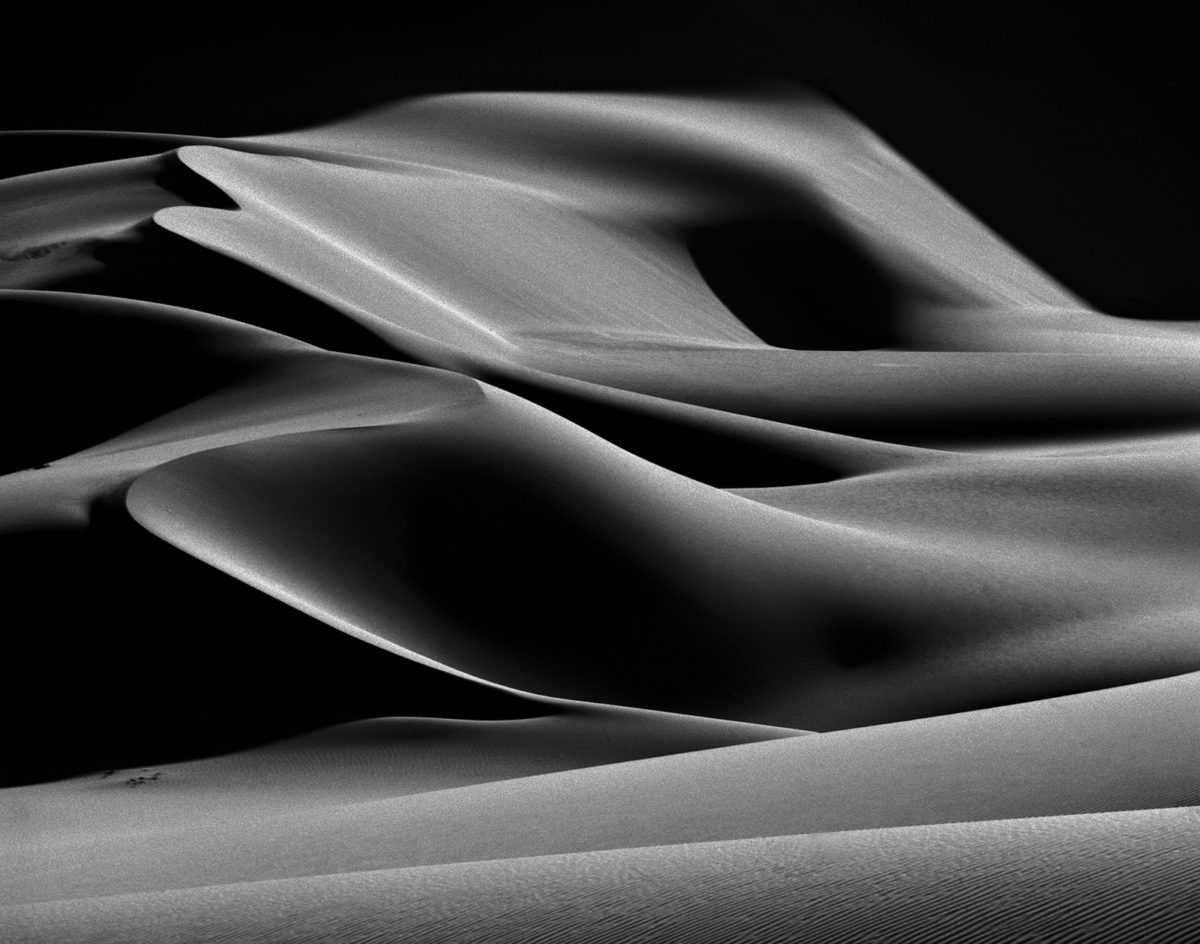
*Correction: A previous version of this article misstated that Kurt was an Army Ranger in Vietnam, but he did not go to Vietnam.
